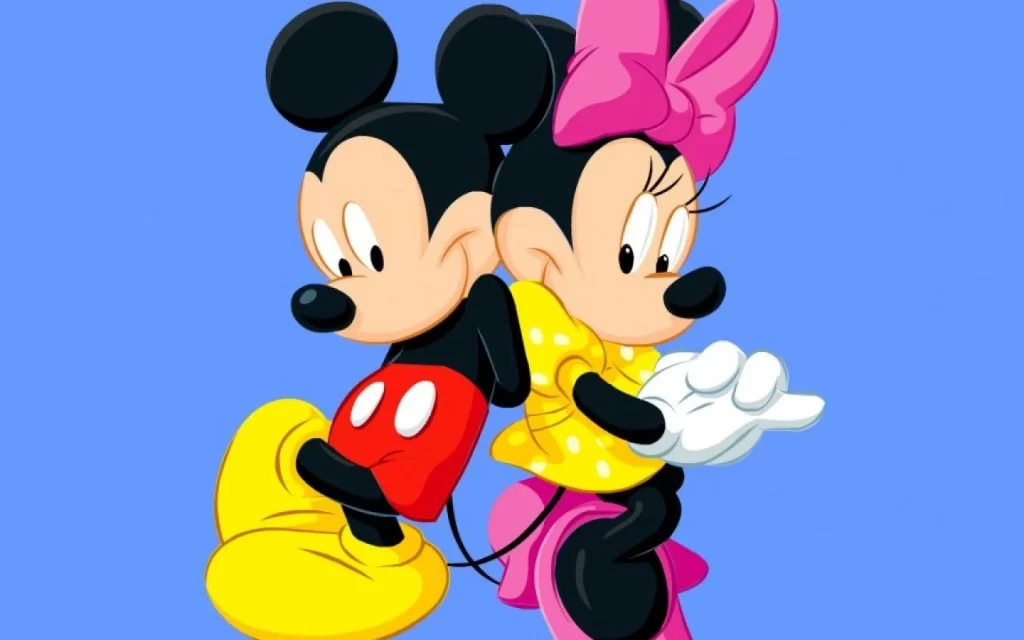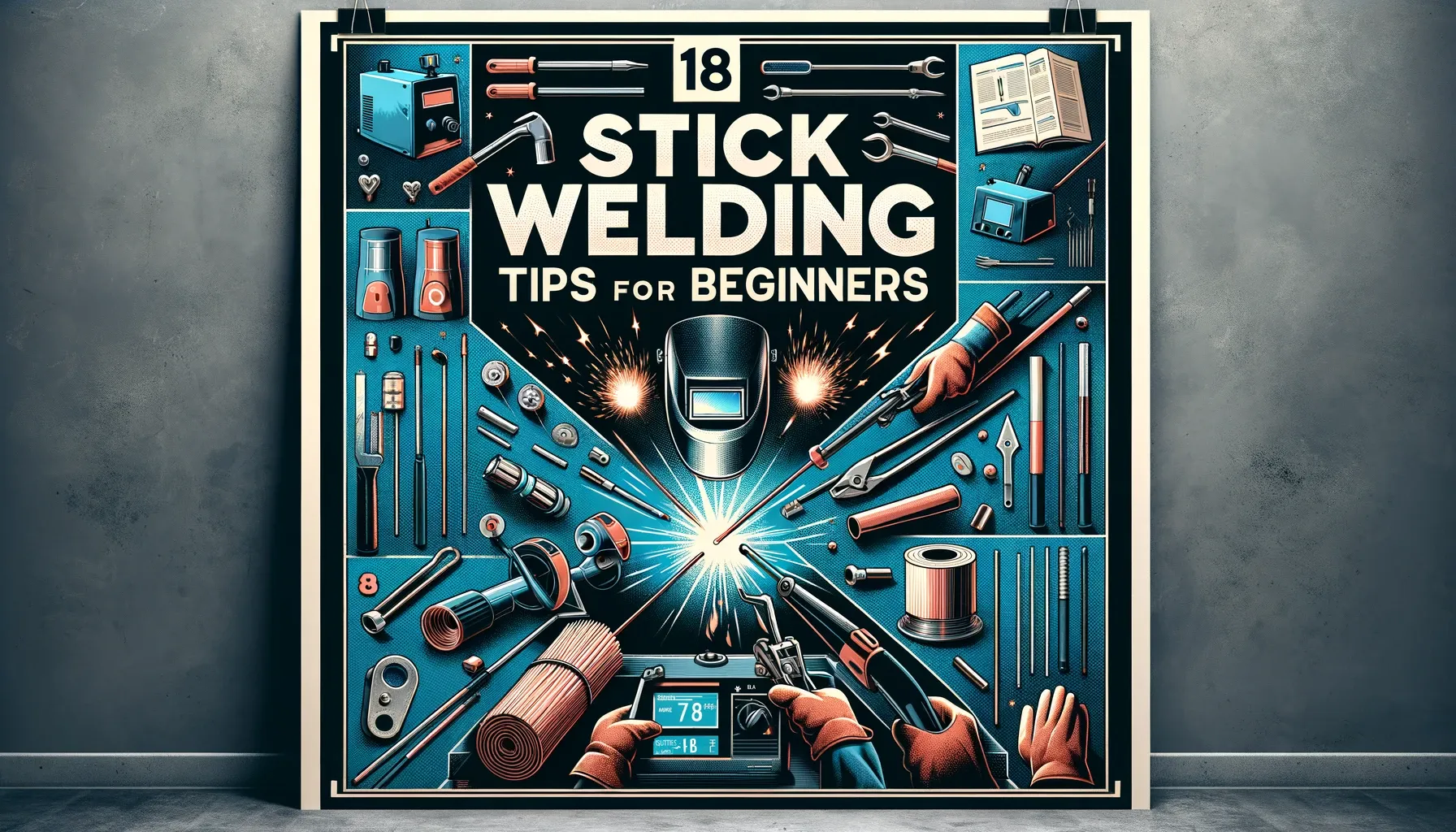Table of Contents
In the ever-evolving world of social media, a disturbing trend has recently taken TikTok by storm. With the hashtag #WhatKilledMickeyMouseHeartExplodes, a viral challenge involving a fictional scenario where Mickey Mouse’s heart explodes, killing 45 people, has captivated the attention of countless users, particularly younger audiences.
The Viral Trend Explained, “What Killed Mickey Mouse”

The “What Killed Mickey Mouse Heart Explodes, Killed 45, Kill Count” trend revolves around a hypothetical situation where the beloved Disney character, Mickey Mouse, suffers a heart explosion, resulting in the loss of 45 lives. TikTok users are encouraged to create and share their interpretations of this macabre scenario, often employing creative storytelling techniques, special effects, and even acting out the gruesome details.
Concerns Raised by Parents and Experts
As the trend won traction, parents and toddler psychologists have voiced their concerns over the capacity impact of such images and violent content material on impressionable young minds. The concept of a like individual assembly of a violent death, coupled with the graphic depiction of a “kill count,” has raised eyebrows among the ones answerable for safeguarding kids’ emotional well-being.
Also Read: Temu Influencer Program Reviews
The Allure of the Trend for Young Audiences
Despite the disturbing nature of the trend, its viral success can be attributed to several factors that resonate with younger generations. Firstly, the familiarity and popularity of Mickey Mouse as an iconic character make the scenario instantly attention-grabbing. Additionally, the element of shock value and the opportunity to explore taboo themes of violence and death in a fictional setting contribute to the trend’s appeal among thrill-seeking youth.
The Psychology Behind Viral Trends

To understand the “What Killed Mickey Mouse Heart Explodes, Killed 45, Kill Count” phenomenon, it is crucial to delve into the psychology behind viral trends, especially those targeting younger audiences.
Curiosity and Sensationalism:
Children and adolescents are naturally curious about the world around them, and the shocking nature of this trend taps into their desire for excitement and novelty.
Peer Influence:
Social media platforms like TikTok thrive on the power of peer influence. When a trend gains momentum, young users may feel compelled to participate to fit in with their social circles and gain validation from their peers.
Desensitization and Normalization:
Frequent publicity of violent or worrying content material can cause desensitization, in which such content material becomes normalized and much less impactful over time. This phenomenon may also contribute to the trend’s reputation amongst the ones already exposed to similar content material.
Potential Consequences and Impact
While the “What Killed Mickey Mouse Heart Explodes, Killed 45, Kill Count” trend may seem harmless to some, experts warn of potential consequences and long-term impacts on young viewers.
Emotional Distress:
The graphic depiction of violence and death, even in a fictional setting, can be emotionally distressing for children and adolescents who may struggle to separate reality from fiction.
Desensitization to Violence:
Repeated exposure to violent content, even in a fictionalized context, can contribute to the normalization of violence and potentially lead to desensitization.
Imitative Behaviors:
In rare cases, some children may attempt to recreate or imitate the violent scenarios depicted in the trend, putting themselves and others at risk.
Distortion of Childhood Innocence:
The trend’s subject matter challenges the notion of childhood innocence and may expose young viewers to concepts and themes they are not emotionally or cognitively prepared to process.
Parental Guidance and Media Literacy
In the face of such viral trends, parents and caregivers play a crucial role in guiding their children’s media consumption and fostering media literacy.
- Open Communication: Maintaining an open and non-judgmental dialogue with children about the content they consume online is essential. Parents should encourage their children to share their thoughts and feelings and address any concerns or misunderstandings they may have.
- Age-Appropriate Monitoring: Monitoring children’s social media activity and setting appropriate age restrictions can help minimize exposure to potentially harmful or disturbing content.
- Media Literacy Education: Teaching children to critically evaluate media content, recognize bias, and distinguish fact from fiction can empower them to make informed decisions about what they consume online.
- Promoting Positive Content: Encouraging children to engage with positive, educational, and age-appropriate content can counterbalance the influence of harmful trends and promote healthy media consumption habits.
Final Words
The “What Killed Mickey Mouse Heart Explodes, Killed 45, Kill Count” trend serves as a stark reminder of the power and potential impact of viral content on impressionable young minds. While social media platforms like TikTok provide valuable opportunities for creativity and self-expression, it is essential to strike a balance between freedom of expression and responsible content moderation.
Ultimately, the responsibility lies not handiest with platform providers and content material creators but also with parents, educators, and society as an entire. By fostering media literacy, selling open conversation, and encouraging nice content creation, we can empower the following era to navigate the virtual panorama competently and responsibly.




